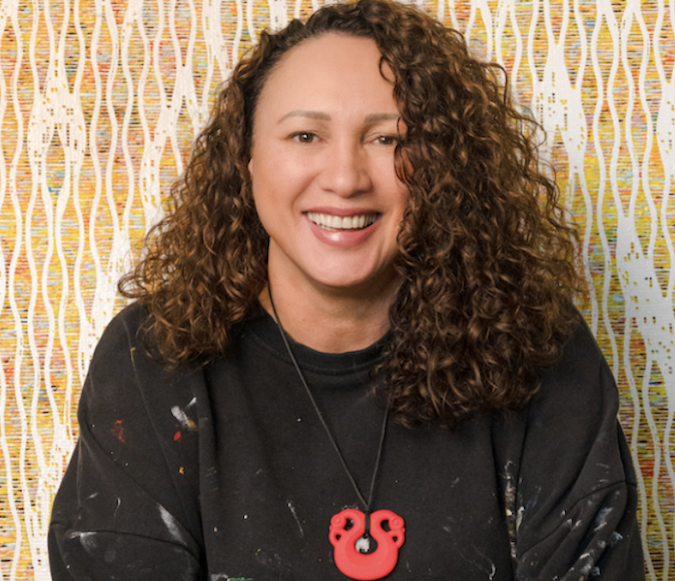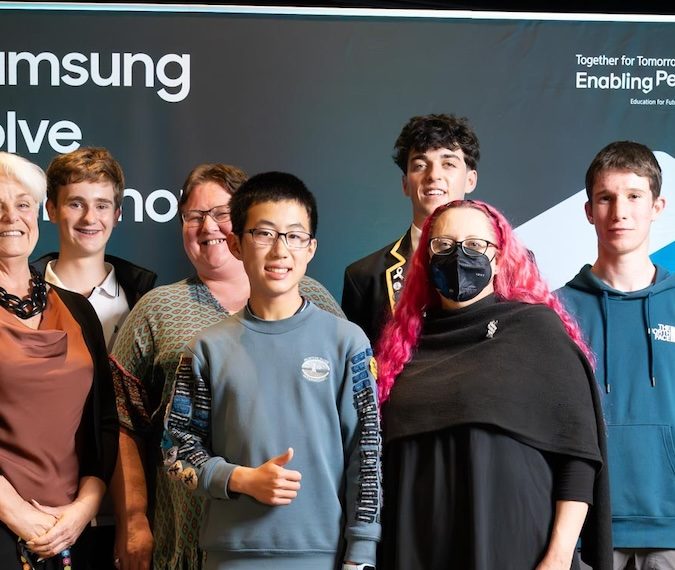Designing democracy: An online tool to help you figure out who to vote for in local body elections

VoteLocal is an online interactive tool from Massey University’s Design+Democracy Project aimed at encouraging young New Zealanders to engage with, and vote in, next month’s local body elections in Auckland, Wellington and Palmerston North.
VoteLocal is a lightly gamified questionnaire that points users towards the candidate that is closest to their positions among their local mayoral candidates.
Karl Kane, director of the Design+Democracy Project, says VoteLocal will not only give users more of a sense of what candidates stand for and how similar the candidates are to the users, the platform also aims to inform users about what Councils do and debunk the assumption that they aren’t relevant to young New Zealanders.

How it works:
-
Go to votelocal.nz and answer the questions on a sliding scale of how much agree with a proposition on a scale of 0-100%
-
After 20 questions, VoteLocal matches your answers with those of the mayoral candidates who responded to Design+Democracy’s approach (which includes all eight Wellington candidates, twelve of the Auckland candidates, and both Palmerston North mayoral candidates).
-
As a user ‘plays’ VoteLocal they generate a custom city that looks like their own city (Auckland, Wellington or Palmerston North) and can be shared through social media, hopefully sparking conversations between friends and family.
-
After responding to questions, the results show the user their top three candidate matches, with specific results for each question also shown.

“VoteLocal builds on the success of, as well as the lessons drawn from our previous voter engagement initiatives, especially On the Fence,” says Kane. “On the Fence attracted over 170,000 users, with independent research telling us it encouraged 30,000 young New Zealanders to vote. That represents seven percent of the eligible youth population.”
Tim Parkin, the senior research designer for the project says the appeal of VoteLocal is that it has an approachable and game-like look and feel, which makes it fun and shareable. And each question requires the user to think of the issue as a balance between competing options, but not in a zero-sum way – users can answer any question 50/50.

“VoteLocal’s point of difference is that it is the only interactive platform that specifically addresses the needs of young, undecided and first-time voters by helping them navigate the complexities of local government,” Parkin says.
Voter participation in local body elections has been in general decline over the past 25 years with national eligible voter turnout dropping to 41 percent in 2013. Kane says the statistics for young voters are even more alarming with only 37 percent of eligible 18-24-year-olds voting.
“With many not enrolled at all, the actual numbers are likely even more dire,” he says. “VoteLocal is designed to empower young voters and help them become active civic participants by matching their personal values with mayoral candidates and engaging them with issues in their particular communities in a non-threatening, independent, bi-partisan and decidedly user-friendly environment.”

Results shown in no way necessarily reflect the local body political opinions of Idealog, Tangible Media, ICG or their editors, publishers, shareholders, stakeholders, guardians, board members, lawyers, accountants, or actuaries.
College of Creative Arts Pro Vice-Chancellor Professor Claire Robinson says Massey University wants to address the complex issues facing New Zealand in the 21st century. ?“The Design + Democracy Project has been exploring, through design, how to get young people engaged with political processes, and secondly how to make them informed confident participants in the democratic process of choosing their governing representatives,” she says. “Informing and engaging with young people is vital in contributing to the fabric of New Zealand’s future. We believe that the issue of low voter turnout is not the sole responsibility of government or council. It is one that we all share as citizens, including designers.”





